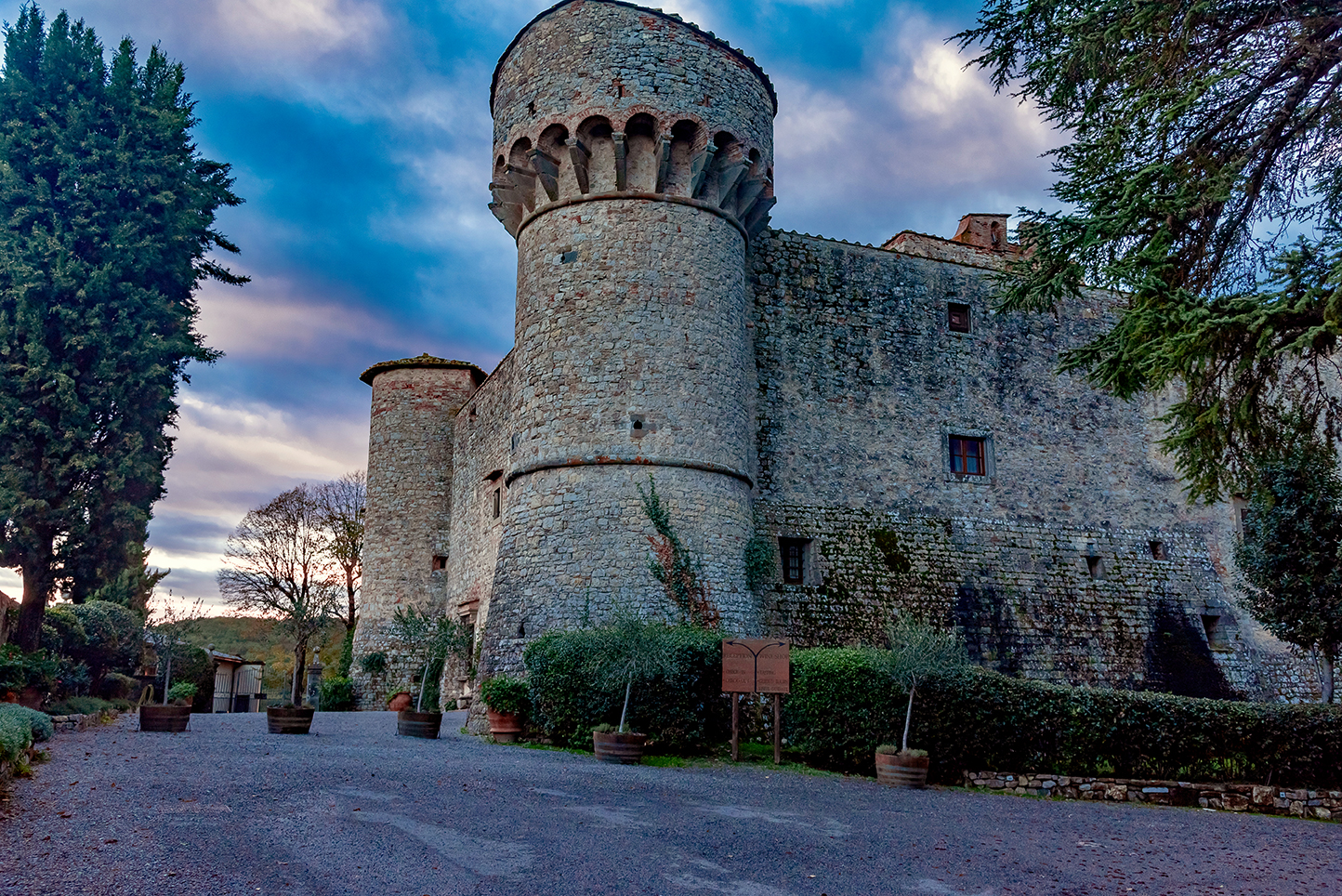
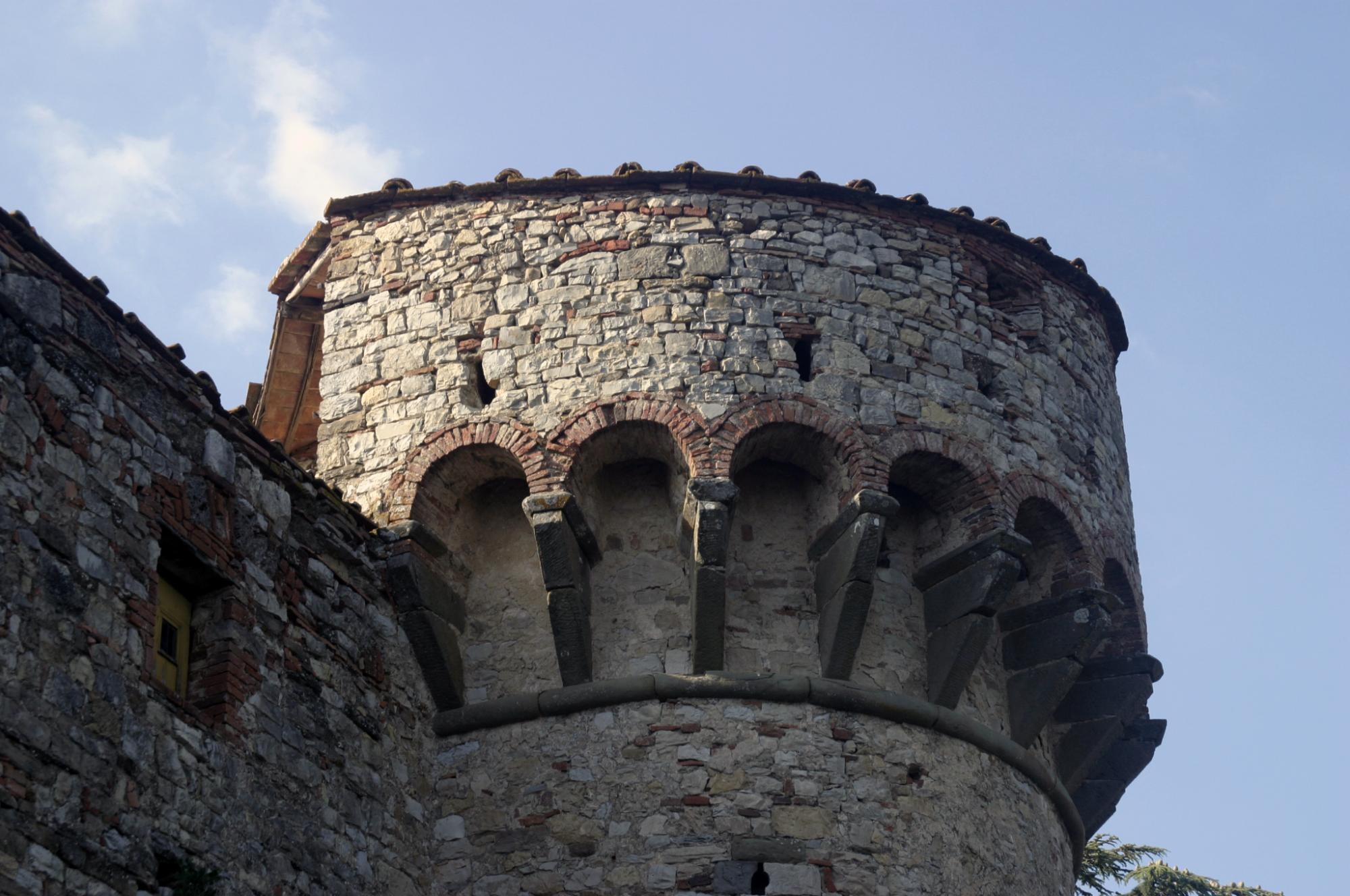
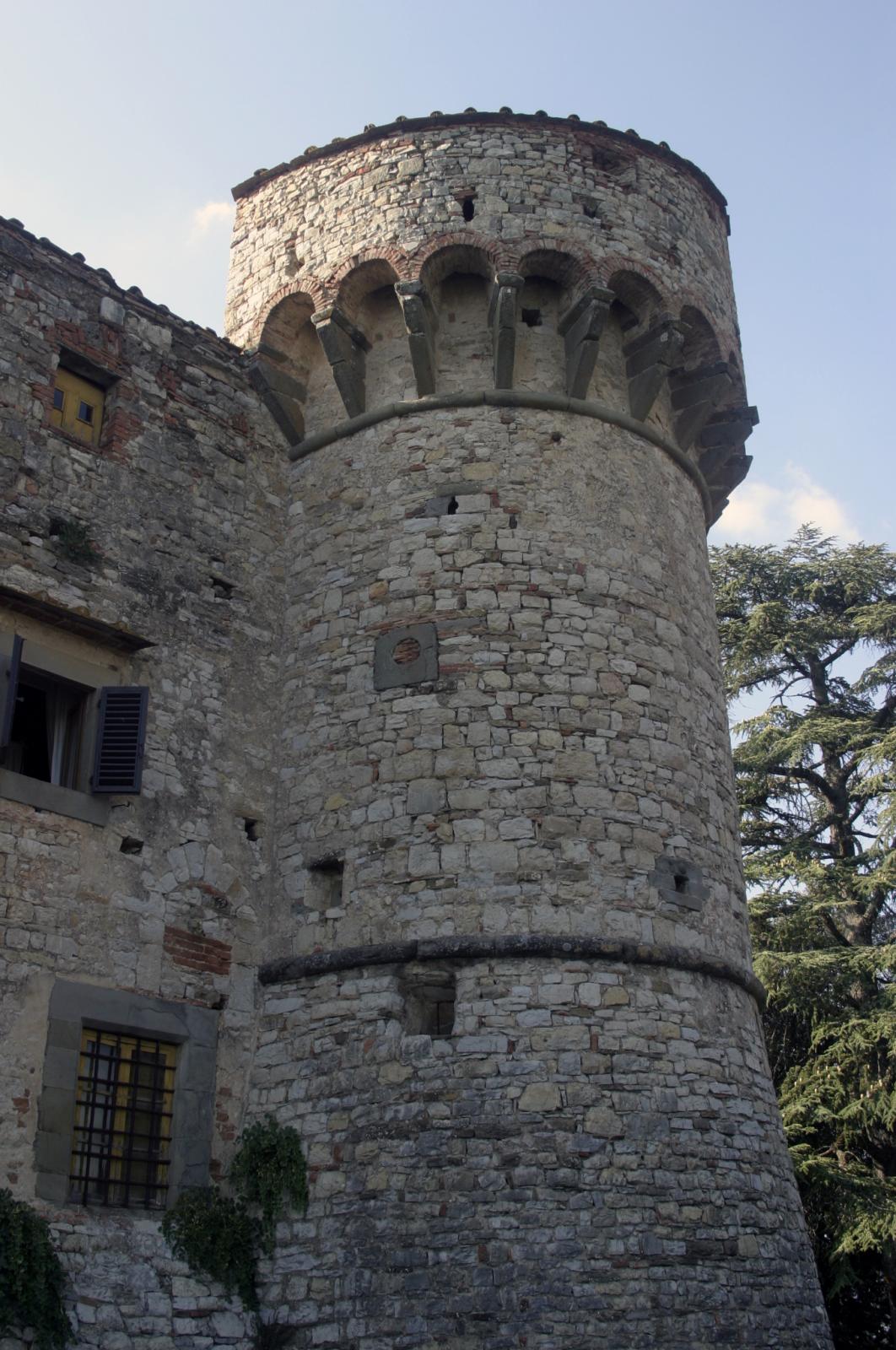
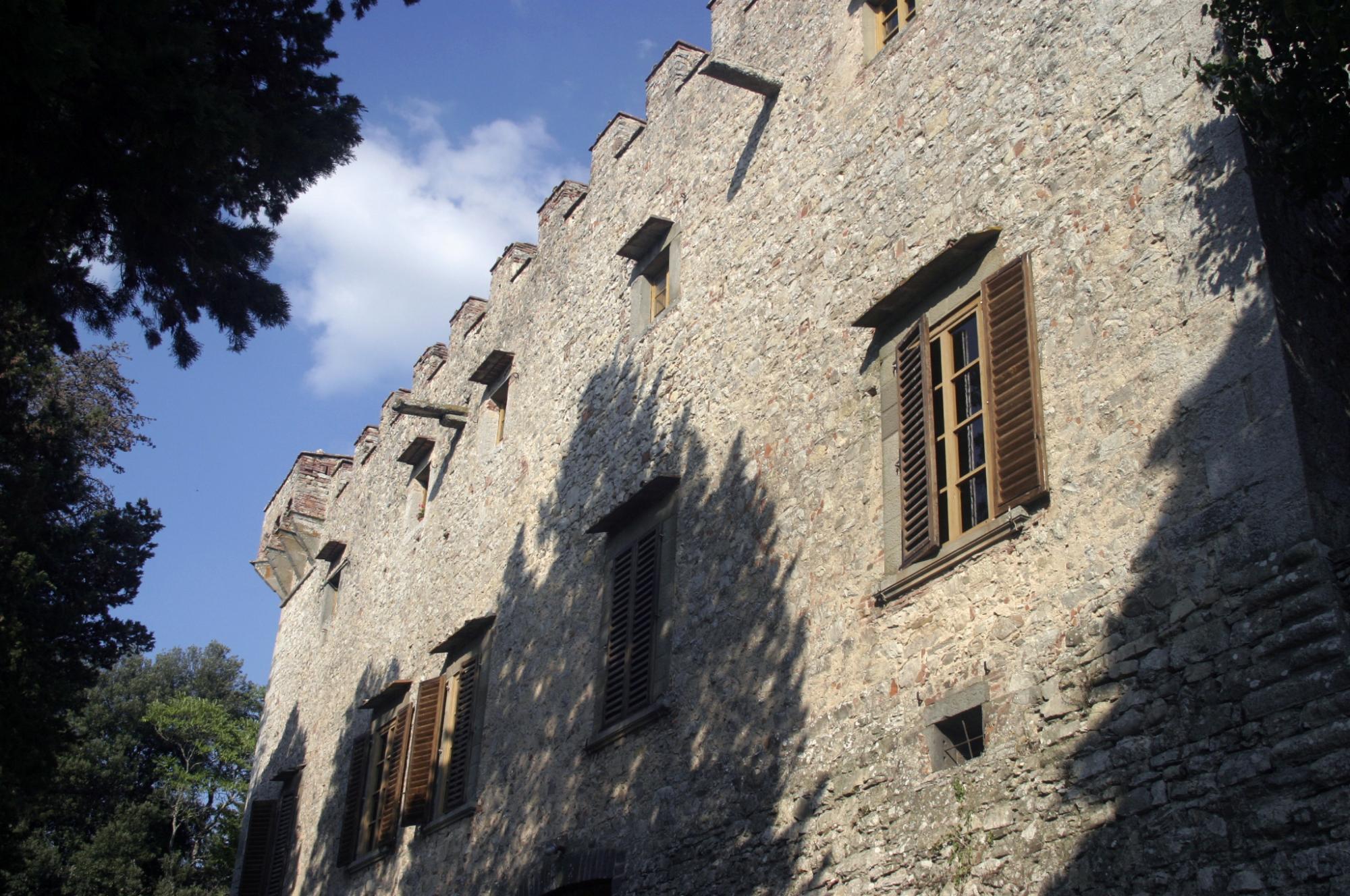
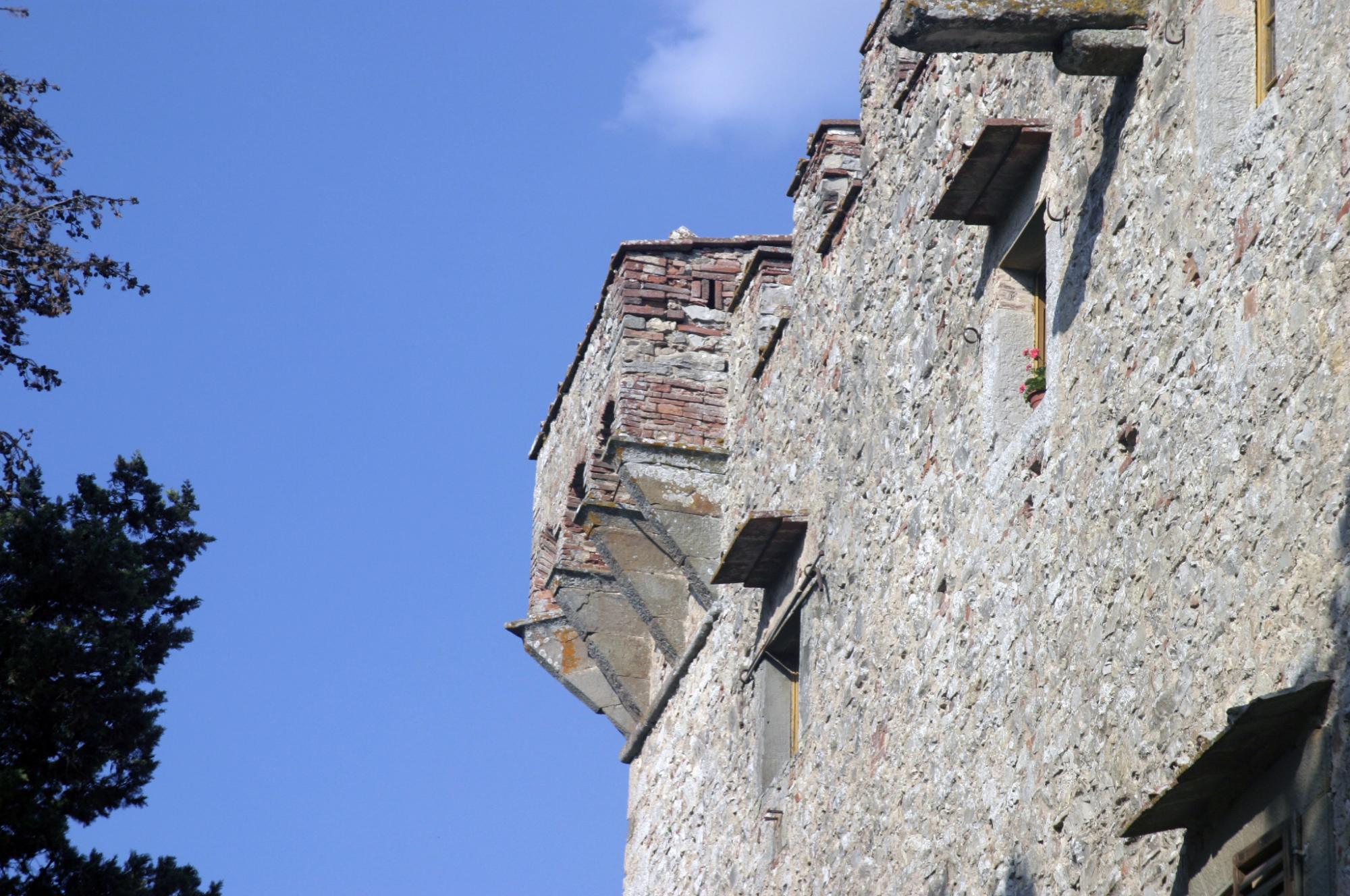
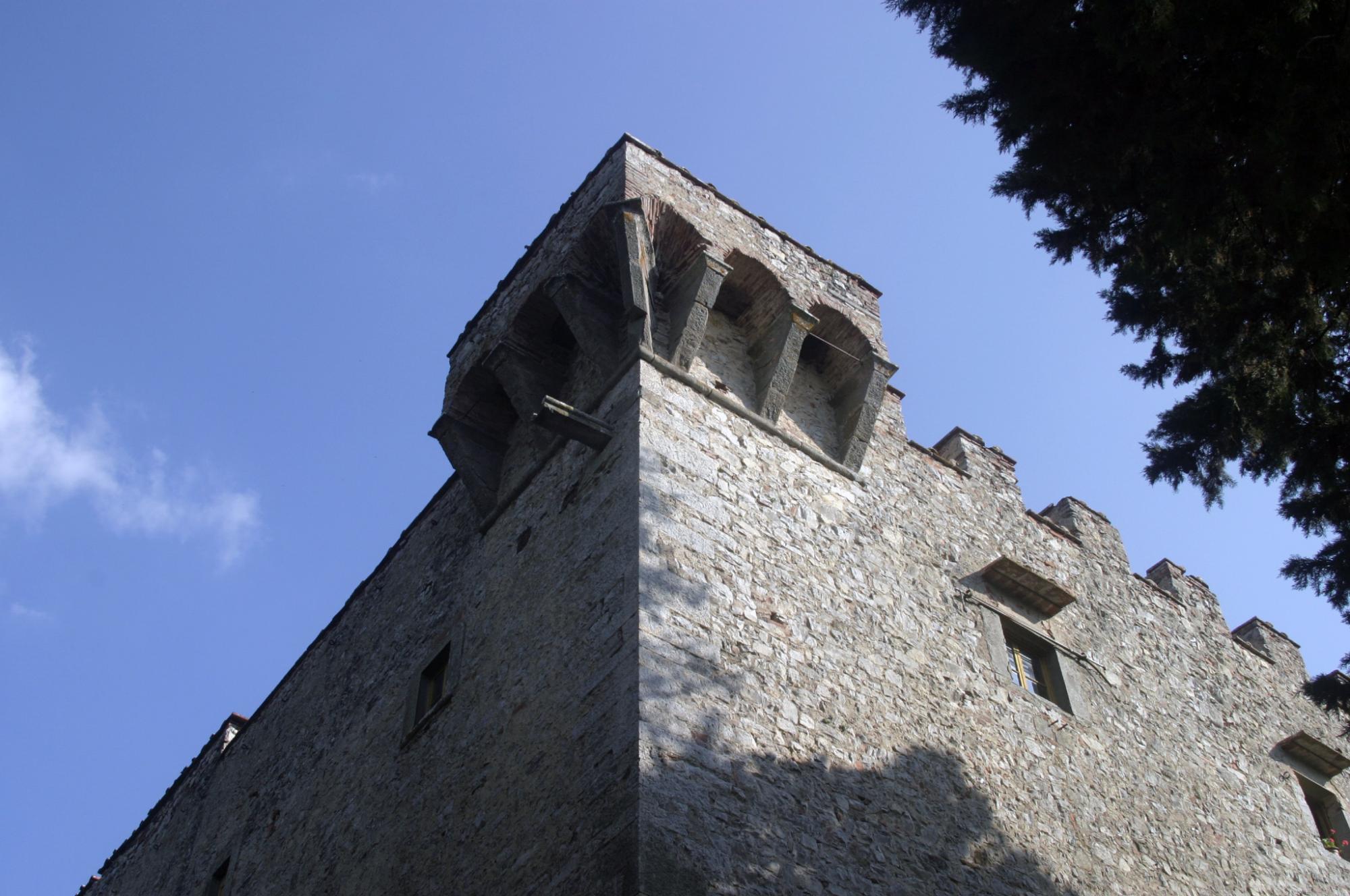
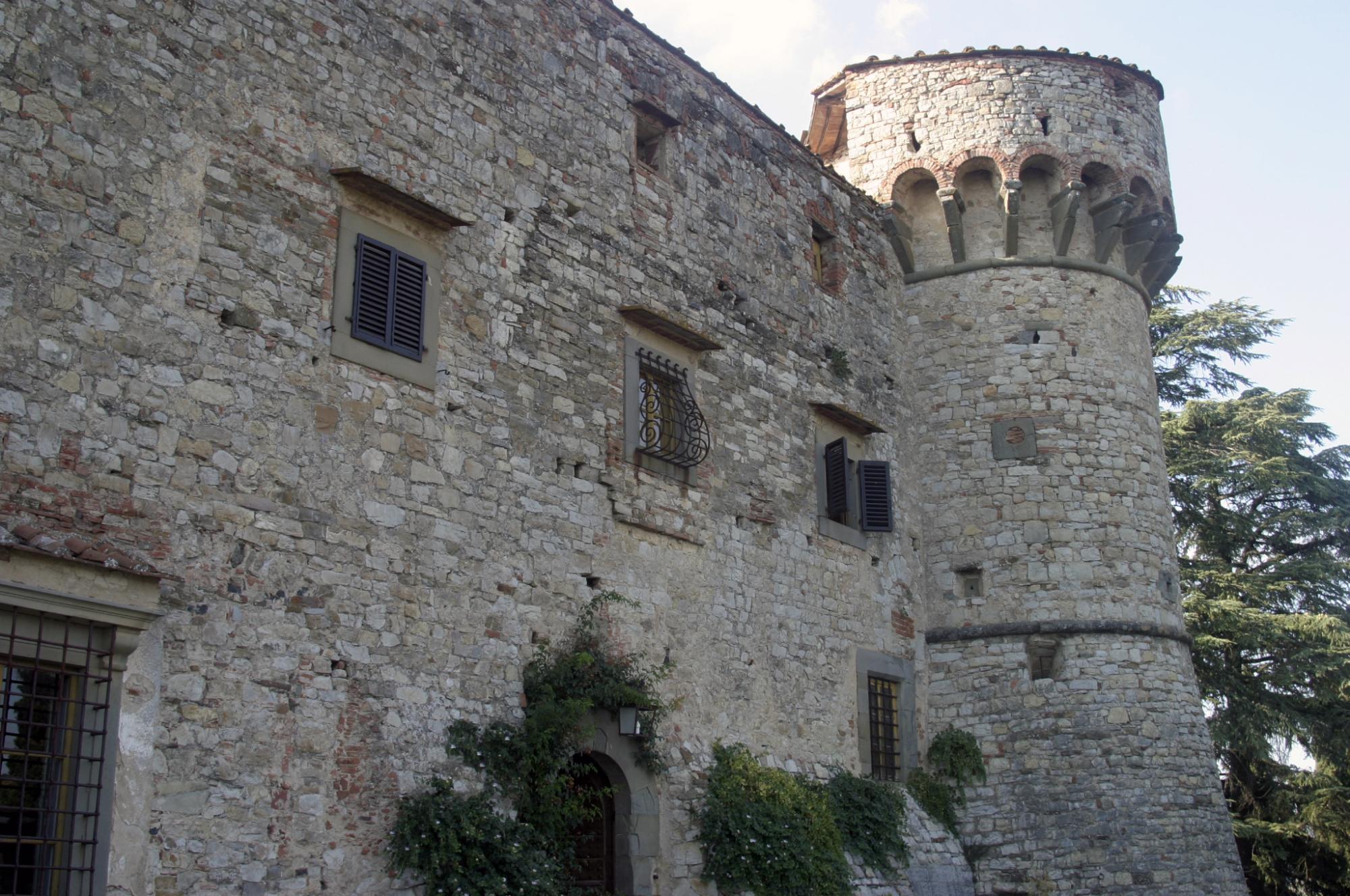







How to reach
Meleto rises in the council of Gaiole in Chianti along the road SS408 that brings from the Valdarno toward Siena.
History
The origin of Meleto was in the 11th century, as a possession of the monks of the nearby Coltibuono Abbey. The first vassal of the castle appears to have been a certain Guardellotto. This was stripped of all his possessions for some contrasts born with the emperor Federico Barbarossa that entrusted Meleto to the local family of the Firidolfi, already installed in the other castles of the zone. From here came the branch of the Firidolfi known as 'from Meleto' while another division of the family, known as Ricasoli Fibindacci, will strongly tie their name to the history of these zones of the Chianti.
The strategic position, on a hill to direct control of the underlying road of connection between the Valdarno and the Chianti, plus the proximity with the border between the territories checked by the senesis and those Florentines, of which the castle was the last rampart, made of Meleto, one of the principal fortifications of the Terziere (one of the three parts in which these Florentine military organizations were divided) of the 'Chianti League' headed by Gaiole.
For these reasons, the castle was, for centuries, a theater of war, but without suffering serious destruction. The essentially 'military' destination of the installation can still be found today, despite the transformations suffered in the 18th century: the form of an irregular quadrate, almost a trapeze, with the presence at the center of the keep, although notably lowered, shows us a classical example of castle enclosure.
In 1478, the castle was occupied by the Aragonese army allied with Siena; two years later, it was quickly regained by the Florentine, who started great works of reinforcement of the structures.
The 1480's addition is practically still intact and consists of the two mighty cylindrical bastionated towers, gifted with machicolulis (opening between corbels of a parapet through which the defenders can drop rocks or fire projectiles against an enemy directly below them) posted at the two southern angles (the more exposed); of two hoarding in bricks at the northern angles overlooking the border of the crag, so already naturally defended; the reinforcement of the walls curtains toward the only road of access; and the insertion of loopholes and gun holes, partly disappeared, along the perimeter of the enclosure. Thanks to this, in 1529 Meleto successfully withstand the siege of the imperial troops.
Never destroyed through disputes, sieges, and battles, the castle was transformed into a villa during the 18th century, and its defenses were partly dismantled. The interior, visible by a fee, has still today the aspect of this period, with decorated halls and a particular little theater of the year 1742 still provided by its seven original scenographies. Meleto remained in the ownership of the Ricasoli family until about thirty years ago; today, it is the center of an agricultural firm for wines production.